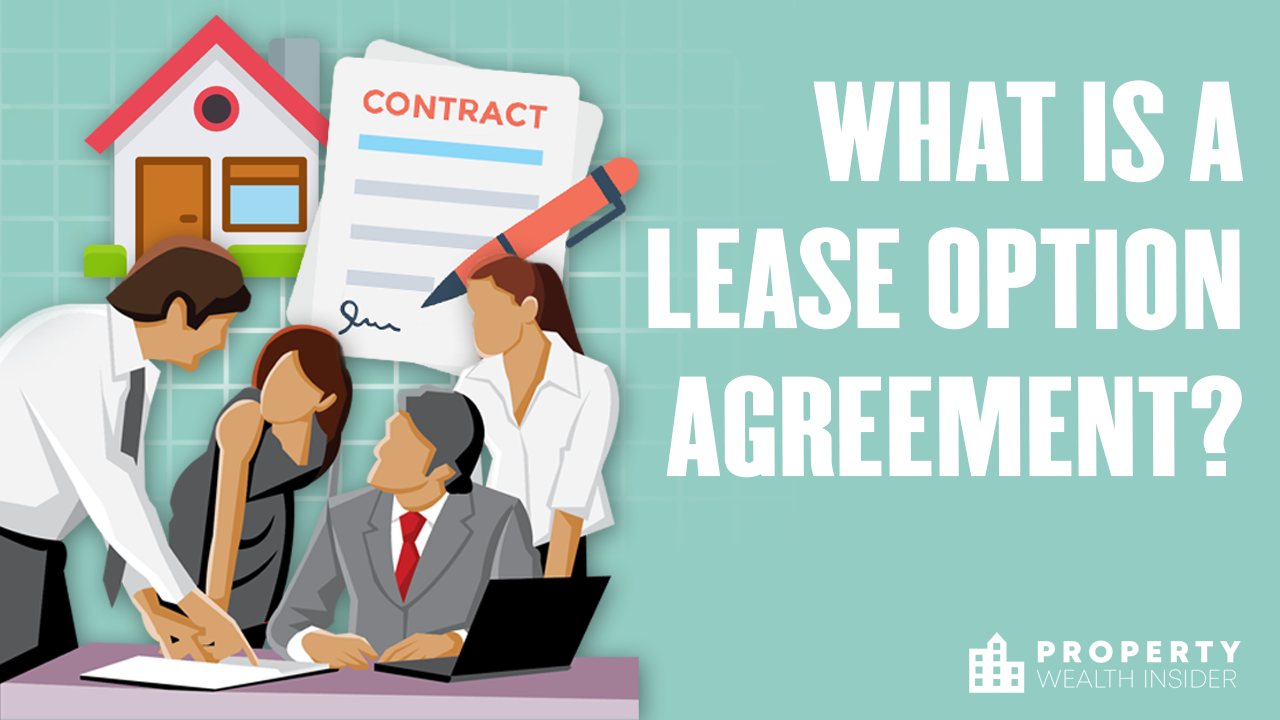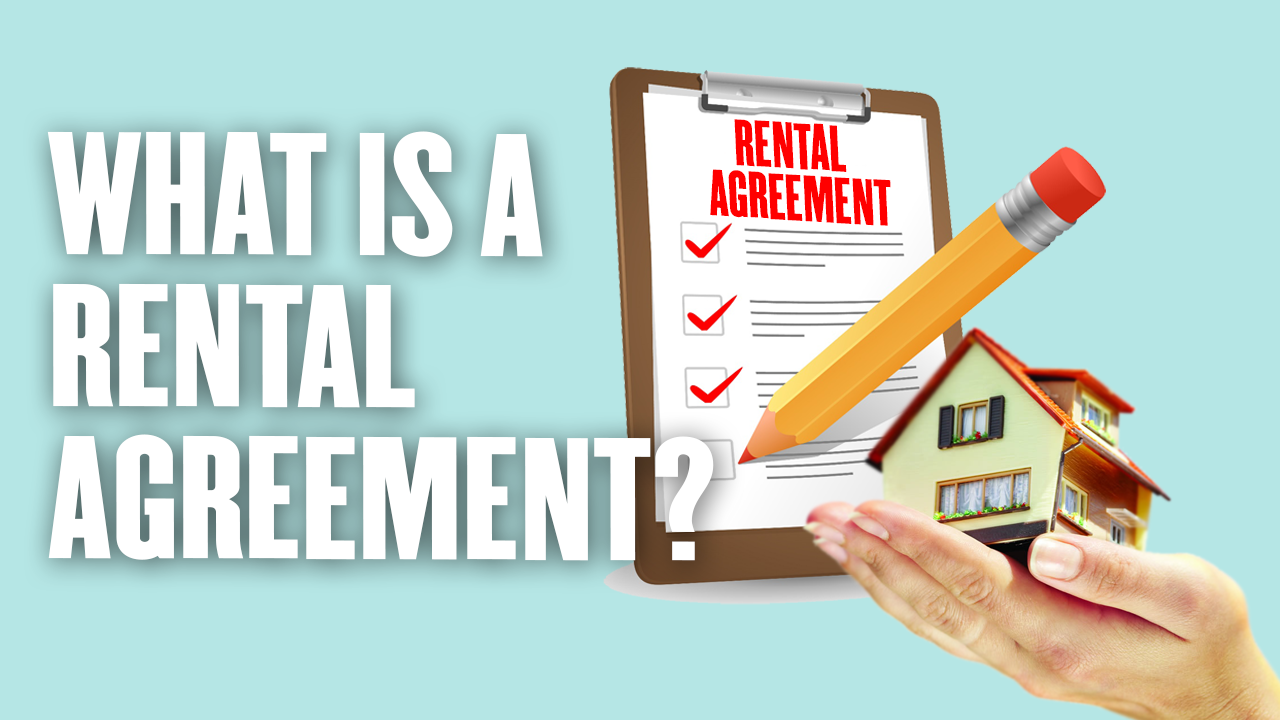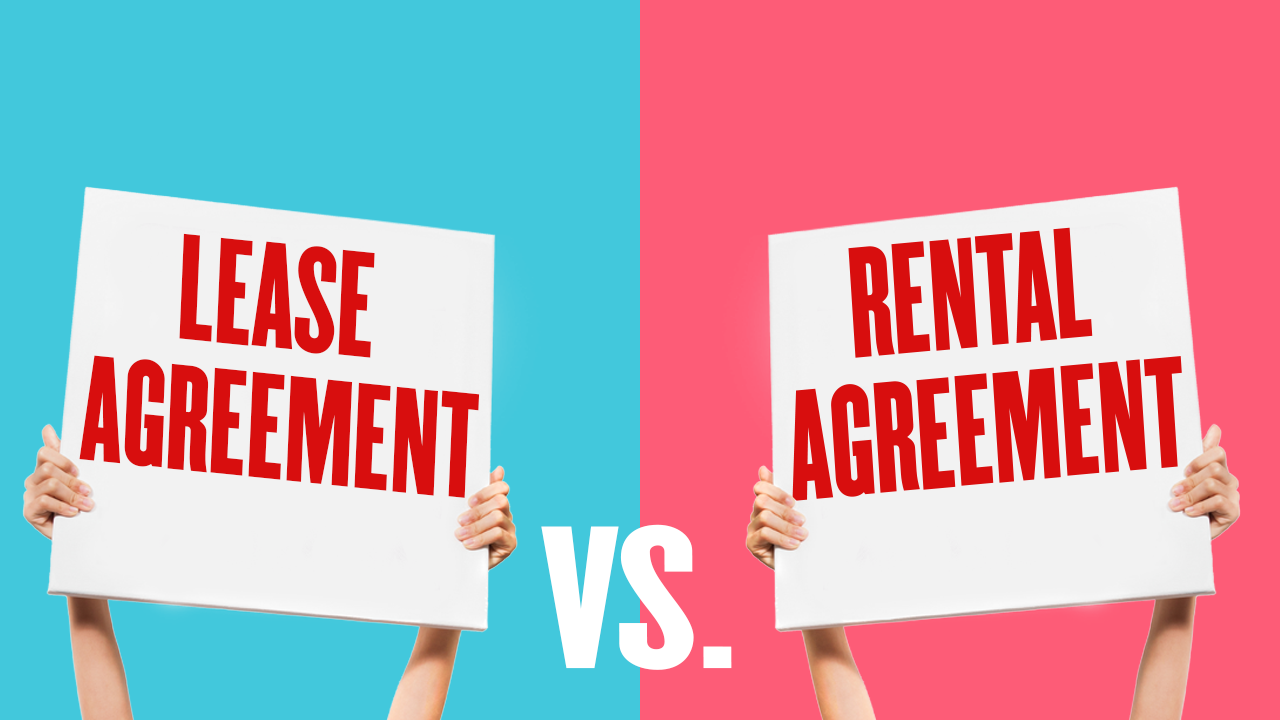Lease and rent are frequently employed interchangeably, yet they carry nuanced differences that discern them. One notable distinction lies in the duration of the tenancy. A lease conventionally denotes a long-term arrangement, signifying a more extended commitment between the parties involved.
On the other hand, a rental agreement allows for greater flexibility and can be structured on a month-to-month basis, affording tenants the freedom to assess their living situation periodically and make adjustments as needed. This divergence in tenancy length is a key aspect to consider when delving into the realm of property agreements.
What is a Lease Agreement?

Prior to occupying a rental property, landlords commonly request tenants to enter lease agreements. A lease functions as a pact between the tenant and landlord, granting the tenant the privilege of residing in the property for a specified timeframe, usually spanning 6 to 12 months. This legally binding arrangement delineates the responsibilities and rights of both parties.
Residential leases encompass tenant agreements that meticulously outline the anticipations between landlord and tenant. These encompass rent details, regulations concerning pets, and the agreement’s duration. Crafting a robust, well-constructed, and carefully phrased lease agreement is instrumental in safeguarding the interests of both parties. Alterations to the agreement necessitate written concurrence from both parties to ensure mutual protection.
What is a Rental Agreement?

Rental agreements closely resemble lease agreements, differing primarily in contract duration. Unlike extended lease agreements, rental agreements offer shorter tenancy, typically spanning 30 days.
Commonly termed “month-to-month,” rental agreements automatically renew each term (month), unless either party indicates otherwise. The flexibility of rental agreements permits landlords and tenants to modify terms at the conclusion of each monthly period, following appropriate notice protocols.
Lease Agreement vs. Rental Agreement: Pros and Cons

1. Lease Agreement
Advantages of Leasing:
For those valuing stability, a lease could be the ideal choice. Landlords often favour leases over rental agreements due to their setup for steady, extended tenancy. Committing a tenant to a property for a minimum of a year might provide a more foreseeable rental income and reduce turnover expenses.
Drawbacks of Leasing:
Nevertheless, once a lease is signed, the rental rate remains fixed until the agreement concludes. In a burgeoning area with consistent property value growth, a year of unchanging rent could mean missing out on substantial incremental income from market upswings. According to the Home Buying Institute, the median U.S. home price increased by 8.1% over the past year, and a 6.5% rise is projected for the next 12 months. This prediction, released in July 2018, extends into summer 2019.
In summary, while leases offer stable income, they could limit profitability if property values surge within the year.
2. Rental Agreement
Advantages of a Rental Agreement:
Given the short duration of rental agreements, they offer greater flexibility for rent adjustments. Rent can be recalibrated monthly, aligning with prevailing fair market rates, as long as changes adhere to local regulations and notice rules governing month-to-month rentals.
Utilizing tools like Rentometer aids in comparing rental prices in your locale. It’s vital your tenant comprehends that, with a rental agreement, the landlord can alter the rent rate each month.
A rental agreement suits tenants seeking shorter commitments, such as those near campuses or hospitals, where demand for short-term housing is high. This setup accommodates renters who can’t commit to a 12-month lease.
Drawbacks of a Rental Agreement:
Prospective long-term tenants might be deterred by the flexibility of a month-to-month lease, exposing them to frequent rent hikes and uncertain rental durations. Landlords should also consider increased turnover expenses: advertising, screening, and cleaning. Moreover, if your rental is in a low-occupancy region, maintaining consistent occupancy could be challenging.
For landlords prioritising flexibility, especially in high-turnover areas like college towns, a rental agreement could be suitable.
Final Thoughts
No matter if you opt for a lease or rental arrangement, you’re engaging in a legally binding commitment. Adhering to the contract’s stipulations is crucial. Deviating from the agreement could lead to repercussions. Thus, ensure you comprehend your entitlements and responsibilities before appending your signature.
MORE Lease Options blogs HERE:
Mastering Lease Options: Your Ultimate Guide
Profiting from Lease Options: A Guide
Tax Implications of Lease Options
Lease Options or Traditional Rentals: Which Offers Greater Advantage?
Lease Options for Long-term Investing
How to Use Lease Options to Invest in Real Estate
Understanding Lease Options to Buy
What Is a Buyout Option On a Lease
What Is A ‘Short Lease’ in London?
How To Find Purchase Lease Option Properties
Lease Options vs Lease Purchase
